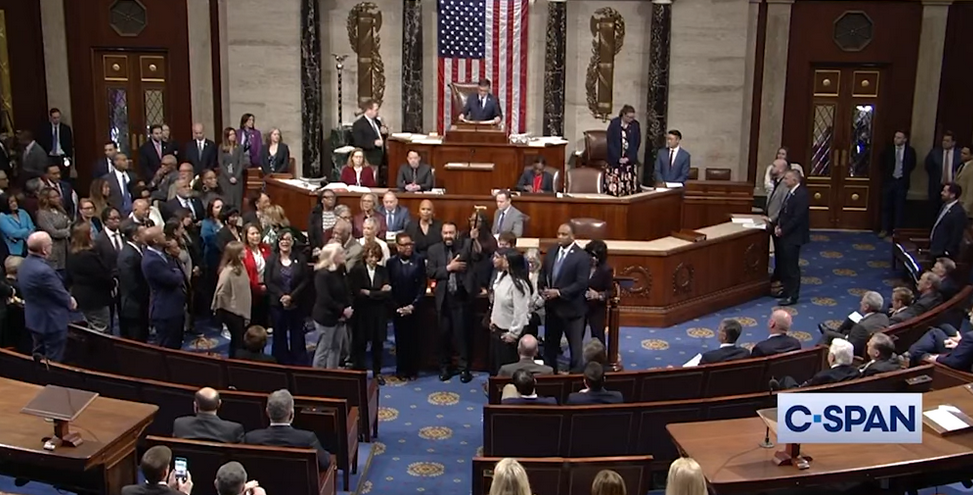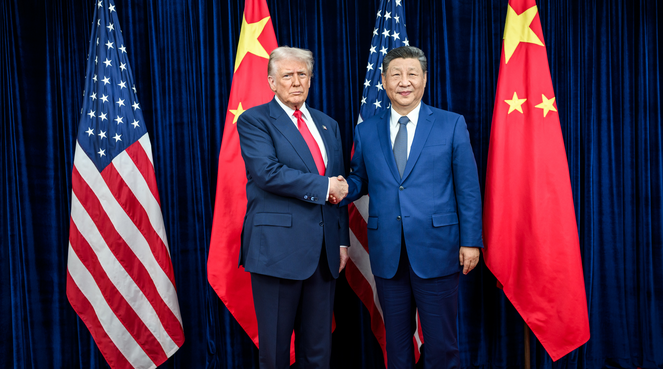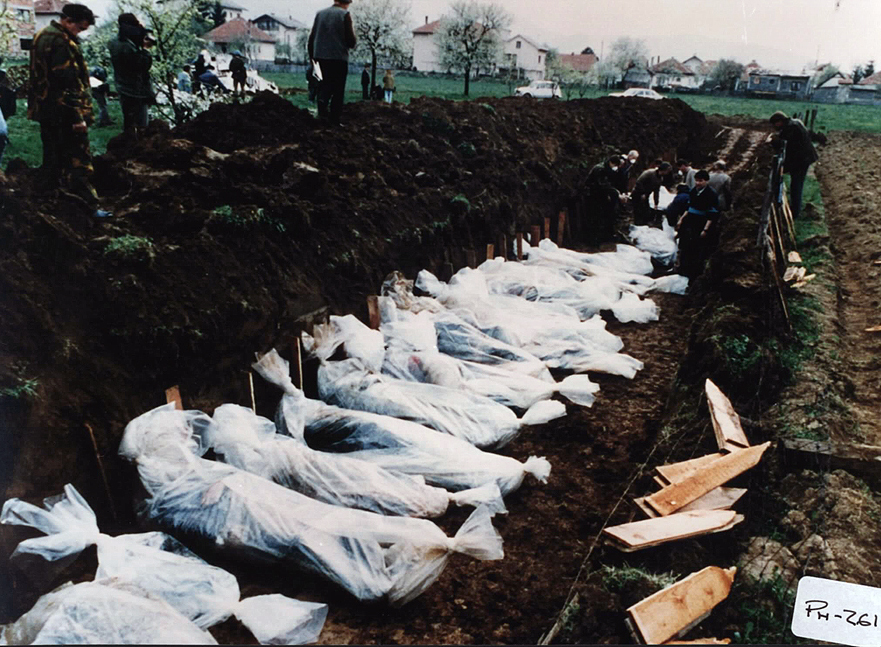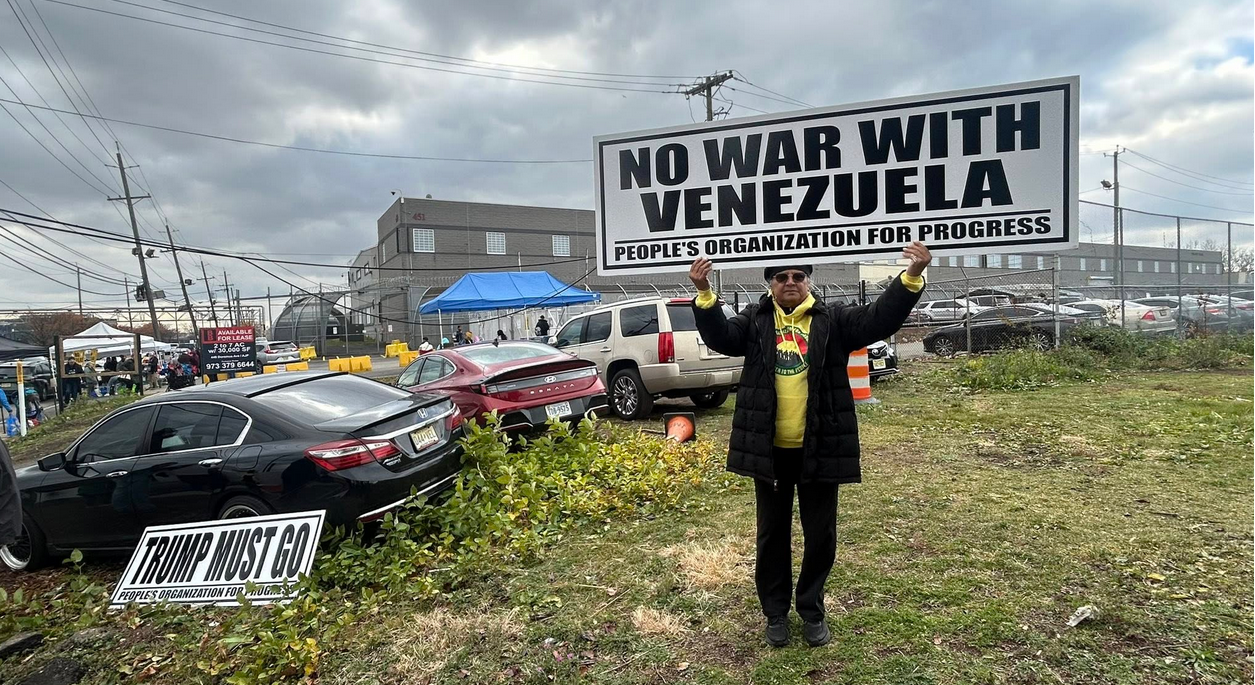Photo: YouTube
Pele! Pele! Pele! Pele!
That chant, that cheer for the greatest soccer player ever, has been playing in my mind since Pele died on December 29, 2022 at the age of 82.
Pele had been on my mind since media reports in recent weeks indicated that the end was imminent. He’d been on my mind since last week after a lovely new friend recommended the documentary “PELE,” on Netflix.
The film covers Pele’s life’s span, from a young boy growing up in poverty who idolized his father, who was also a professional soccer player. He believed his dad was the “best.” Pele had to start earning income for the family from a young age, shining shoes, after his father went for a long period without earnings when an injury prevented him from playing. In those days the motto was get-paid-when-you-play.
Pele became a novice player on the legendary Santos Football Club where he went on to star for many years. He burst on the global stage at the tender age of 17 on Brazil’s 1958 World Cup soccer team in Sweden.
Pele delivered one of his most spectacular goals in the 1958 tournament like a cold-blooded assassin in the final against host-nation Sweden. With his back facing the Swedish goal, Pele welcomed a pass, flipped the ball overhead and beat a defender marking him tightly. As the ball was still in the air Pele had already turned around and dashed by the defender. He controlled the ball then blasted it in to the goal. What kind of 17 year old plays like that?
Brazil crushed Sweden 5 to 2 in that final, with Pele scoring two goals. He wept uncontrollably when his teammates hoisted him aloft after the referee blew the final whistle.
That victory was also a national catharsis for Brazil. The nation had been traumatized since 1950 when Uruguay beat their heavily-favored national team—with Brazil as the host-nation—by 2 goals to 1 on a late goal by Alcides Ghiggia at Maracana stadium in Rio de Janeiro. As a result, Pele became a national hero for reasons beyond his phenomenal soccer skills. He’d helped heal the nation.
In the 1962 World Cup, in Chile, Pele played some games but suffered injury in the early stages. Still, Brazil was able to defend its championship, beating Czechoslovakia 3 to 1 in the final.
The 1966 tournament was in England. By this time defenders had created a formula for containing Pele—by fouling him viciously. So every time Pele touched the ball, even when he wasn’t in a scoring position, he would be brutally brought down. He was hobbled by the time Brazil played Portugal when, again, Pele was subjected to vicious fouls. With Pele playing at sub-par, and Portugal’s Mozambique-born Eusebio having a brilliant game, Brazil was humiliated 3 to 1. Eusebio, also called the “Black Panther,” scored two spectacular goals. Brazil was unceremoniously ousted in the preliminary rounds. England went on to win it all that year, beating Germany by 4 to 2 in overtime of the final.
After the England tournament, hurting from the hacking by defenders, Pele vowed that he’d never play in another World Cup again. In retrospect, perhaps that’s a decision he should have stuck with seeing how hobbled he became later in life.
In 1965, the year before the England World Cup, the military had seized power in Brazil, imposing brutal repressive regimes over a period of 20 years. Even though Pele later denied it, he came under tremendous pressure by the generals to reconsider his stance. What better propaganda gift to the masses than a World Cup trophy during the military regime? As the 1970 games in Mexico approached, there was a national campaign to draft Pele, including commercials, and lobbying by the generals including the president. Pele relented and was named on Brazil’s national team.
In Mexico, Pele was no longer the agile 17 year old who’d stunned the world in Sweden. But he adapted his game just as brilliant athletes do. He’d drop deeper into the back field to help set up plays; and at the right moments, he’d dash to the frontline center-forward position to receive crosses from the wings. He was the architect of several Brazil goals by delivering assists by flipping the ball seemingly to no one. His remarkable peripheral vision allowed him to see team-mates hurtling forward from his right side. This is how he was able to deliver spectacular assists to Jairzinho and Rivelino.
The 1970 World Cup is also famous for a miss by Pele. Against England, Pele rose high above all others and met a cross powerfully with his forehead. He directed the ball into the ground and towards the goal—the type of headers that score 99% of the time. On that occasion, England’s determined goalie, Gordon Banks, made one of the best saves of all time. Rather than reaching for the ball, Banks timed its upward trajectory and pushed it out of harms way. Still, Brazil won 1 to 0, on a brilliant goal by Jairzinho off an assist from Pele.
Against Italy, in the World Cup final, played at Guadalajara stadium, Pele again rose high, this time from the right side, and hammered the ball with his forehead. Unlike Banks, Italian goalie Enrico Albertosi wasn’t so lucky and the ball crashed into the back of the net. Brazil went on to lift the World Cup trophy, beating Italy by 4 goals to 1.
That was Pele’s last World Cup.
He played for his club team Santos until 1974 before becoming a global ambassador of soccer when he joined the New York Cosmos. Pele almost single-handedly sparked tremendous interest in soccer in the United States. The television audience for soccer, once minuscule reached 10 million. Average attendance in the U.S. league games more than doubled and for the Cosmos, tripled. Pele played for the Cosmos from 1975 to 1977. Today’s interest in soccer in the U.S.—for both the men’s and women’s national teams—owes much for Pele’s brief U.S. sojourn.
Pele was a national treasure and was cherished by all Brazilians—African Brazilians and Europeans. But Brazil has an ugly problem of anti-Black racism. Pele was criticized by some people, including his former World Cup teammate Paulo Cezar Lima, for never speaking out against anti-Black racism in Brazil. “I fault him even up to now,” Paulo Cezar, who is also African Brazilian, said in the Netflix documentary.
The criticism recalls how American basketball superstar Michael Jordan was also faulted for not taking a stand on the issues of the day, including police brutality. He reputedly said “Republicans buy sneakers too,” in explaining why he declined to endorse Harvey Gantt, an African American candidate, in a tight race against a racist senator, the late Jesse Helms.
Pele’s supporters say during his heyday in the 1960s, Brazil was governed by a brutal military regime that tortured, disappeared, and murdered critics. Pele might have had legitimate fears for himself and his family. But others point out that Pele remained popular even after military rule came to an end in Brazil in 1985 and that he could have been outspoken on race matters after that period.
For whatever reason Pele chose not to do so.
What’s not disputed is that Pele, born Edson Arantes do Nascimento, was the master of soccer on the field, a gifted peerless genius of the game.






